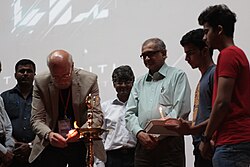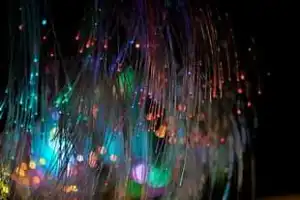Blog Credit: Trupti Thakur
Image Courtesy: Google
UNESCO Global Geo-Park
UNESCO Global Geoparks (UGGp) are single, unified geographical areas where sites and landscapes of international geological significance are managed with a holistic concept of protection, education, and sustainable development. Their bottom-up approach of combining conservation with sustainable development while involving local communities is becoming increasingly popular. At present, there are 213 UNESCO Global Geoparks in 48 countries.
UNESCO Global Geoparks celebrate the links between geological heritage and all other types of heritage.
What is a UNESCO Global Geopark?
UNESCO Global Geoparks are single, unified geographical areas where sites and landscapes of international geological significance are managed with a holistic concept of protection, education and sustainable development. A UNESCO Global Geopark uses its geological heritage, in connection with all other aspects of the area’s natural and cultural heritage, to enhance awareness and understanding of key issues facing society, such as using our earth’s resources sustainably, mitigating the effects of climate change and reducing natural hazard-related risks.
By raising awareness of the importance of the area’s geological heritage in history and society today, UNESCO Global Geoparks gives local people a sense of pride in their region and strengthens their identification with the area. The creation of innovative local enterprises, new jobs, and high-quality training courses is stimulated as new sources of revenue are generated through tourism. At the same time, the geological resources of the area are protected.
A bottom-up approach
UNESCO Global Geoparks empower local communities and allow them to develop cohesive partnerships with the common goal of promoting the area’s significant geological processes, features, periods, historical themes linked to geology, or outstanding geological beauty. UNESCO Global Geoparks are established through a bottom-up process involving all relevant local and regional stakeholders and authorities in the area (e.g. landowners, community groups, tourism providers, indigenous people, and local organizations). This process requires firm commitment by the local communities, a strong local multiple partnership with long-term public and political support, and the development of a comprehensive strategy that will meet all of the communities’ goals while showcasing and protecting the area’s geological heritage.
Do they focus exclusively on geology?
While a UNESCO Global Geopark must demonstrate a geological heritage of international significance, the purpose of a UNESCO Global Geopark is to explore, develop, and celebrate the links between that geological heritage and all other aspects of the area’s natural, cultural, and intangible heritages. It is about reconnecting human society at all levels to the planet we call home and celebrating how our planet and its 4,600 million-year-long history have shaped every aspect of our lives and societies.
Is the designation permanent?
UNESCO Global Geoparks are given this designation for four years after which the functioning and quality of each UNESCO Global Geopark is thoroughly re-examined during a revalidation process. As part of this process, the UNESCO Global Geopark under review prepares a progress report, and a field mission is undertaken by two evaluators to assess the quality of the UNESCO Global Geopark.
- If, based on the field evaluation report, the UNESCO Global Geopark continues to fulfill the criteria, the area will continue as a UNESCO Global Geopark for a further four-year period (so-called “green card”).
- If the area no longer fulfills the criteria, the management body will be informed to take appropriate steps within two years (so-called “yellow card”).
- Should the UNESCO Global Geopark not fulfill the criteria within two years after receiving a “yellow card”, the area will lose its status as a UNESCO Global Geopark (so-called “red card”).
Blog By: Trupti Thakur

19
AprUNESCO Global Geo-Park
Apr 19, 2024Recent Blog
The TechKritiApr 26, 2025
India’s First Quantum Computing VillageApr 24, 2025
India’s Achievement In QKDApr 22, 2025
The V2G TechnologyApr 21, 2025
Country’s Specific Domain By GoogleApr 19, 2025




